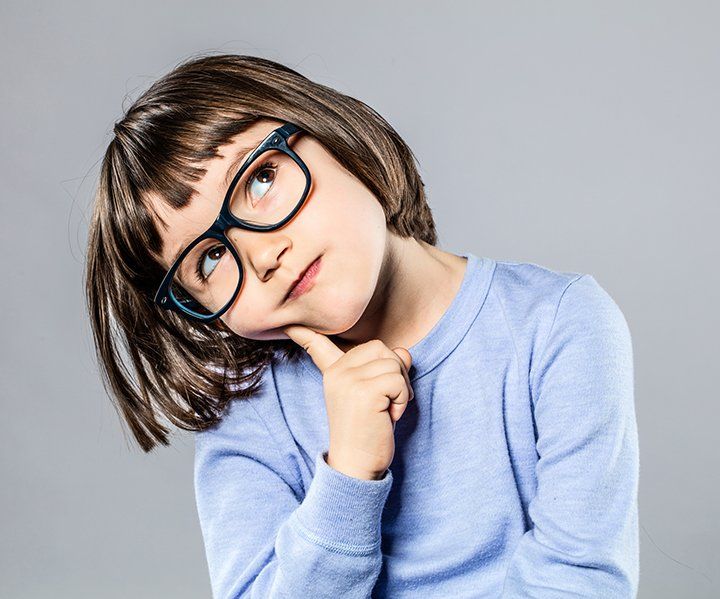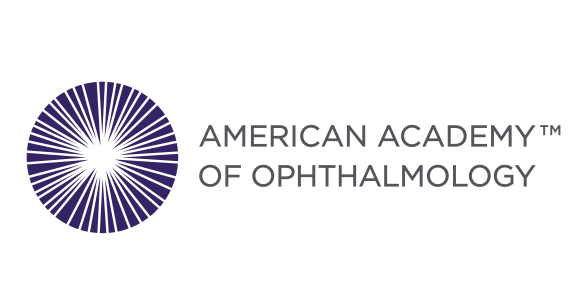Blog Post
The Most Common Eye Problems in Children
- By
- •
- 08 May, 2018
- •

You might think of eye issues as problems that arise as you grow older, but the truth is that children also face issues with eyesight. For many children, eye issues are congenital issues that appear at birth. In other cases, issues develop over time.
Sometimes you can easily spot the signs of eye issues in children, but other times you may have to rely on your child to tell you that something is wrong. No matter the case, you need to act quickly when your child complains of vision problems or pain.
Some conditions are much more common in children than most people realize. Pay close attention to the signs of these common conditions, which can have lasting complications if you do not resolve them.
Refractive Errors
Refractive errors occur when the eye struggles to focus light. Nearsightedness and farsightedness are both examples of refractive errors. These conditions are typically discovered during an eye exam.
You can spot a refractive error by noticing if your child is squinting or holding items closer than would be normal. For example, children who struggle to read a board at the front of the classroom may struggle with a refractive error.
Glasses can correct a refractive error. Some refractive errors are also treated with procedures like LASIK once the eye has stopped developing in adulthood.
Lazy Eye
Amblyopia, also known as a lazy eye, is often diagnosed in children. This condition develops from relying on one eye more than the other, meaning that the child never gained full vision in one eye. The result is worse vision in one eye.
You can spot amblyopia in a child by looking for misalignment in the eyes, squinting, and apparent clumsiness.
When amblyopia is caught early, the condition responds well to treatment. Unfortunately, waiting too long to treat the condition can result in lifelong challenges. Glasses can help manage many of the issues attributed to a lazy eye, including misalignment, but some cases may require surgery.
Drooping Eyelids
Drooping eyelids are often easy to spot. This condition is typically the result of weak muscles surrounding the eyes. The muscles are struggling to keep the eye as open as it needs to be.
A child with drooping eyelids may first notice changes in the mirror, but you may also hear your child complain of not being able to see evenly because one eyelid may droop lower than the other.
In some cases, this condition can lead to amblyopia, which may require surgery to correct muscle issues.
Cataracts
Cataracts are typically associated with aging, but pediatric cataracts occur as well. Cataracts become apparent when the eyes appear cloudy. And your child may complain that their vision seems cloudy, too.
Quick treatment is necessary for handling cataracts to ensure that children regain the entirety of their vision. Surgery, followed by eyeglasses, is a common method of treatment for cataracts. Some children may also experience a lazy eye after treatment.
Pink Eye
All of this information goes to show that eye examinations are crucial. Early screenings can help find issues just like these. Robert S Haymond, MD provides eye examinations that can help find issues before they become serious.
Share
Tweet
Share
Mail
Browse Our Website

Contact Information
Business Hours
- Mon, Tue, Thu
- -
- Wed, Fri
- Appointment Only
- Sat - Sun
- Closed




Our Location
Contact Information
Business Hours
- Mon, Tue, Thu
- -
- Wed, Fri
- Appointment Only
- Sat - Sun
- Closed




Our Location
Content, including images, displayed on this website is protected by copyright laws. Downloading, republication, retransmission or reproduction of content on this website is strictly prohibited. Terms of Use
| Privacy Policy